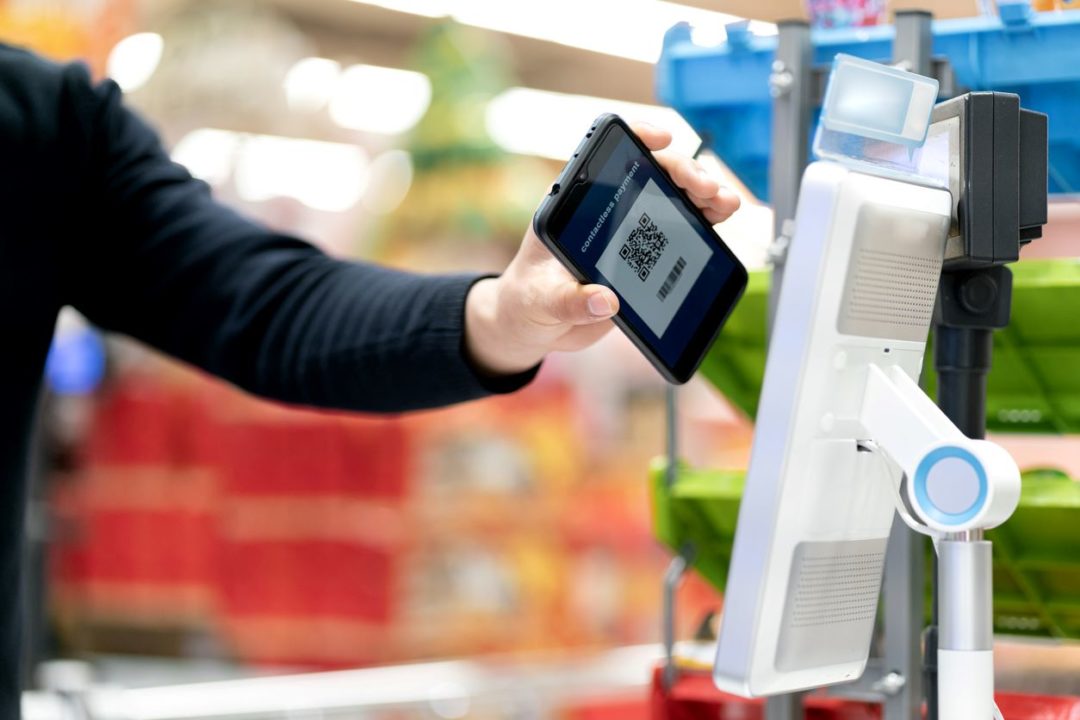
The current combination of demand churn and supply disruption creates enormous volatility in supply chains. In most large enterprises, supply chains are organized with the assumption that every part of the chain can be stable. The situation over the past two years has exposed the negative impact of this attitude on efficiency, resilience, agility and responsiveness. Stepping up the game requires organizations to build sensing capability that cover demand, supply, and logistics signals. Advances in data science, artificial intelligence (AI), the internet of things (IoT), 5G networks and more are being used to turn challenges into opportunities.
Organizations need to exercise four strategic levers involved in order to build a resilient, agile and responsive supply chain. (1) Building the data foundation using OODA framework — observe, orient, decide and act; (2) monetizing power of insights into cash-flow generating interventions; (3) building a cloud-hosted, connected “eco-system” that connects all key supply chain partners in real time; and (4) deploying IoT-enabled digital twin of physical assets to improve efficiency and responsiveness.
The first strategic lever in building resilience and agility in supply chain operations is to establish data foundation that can bring in relevant external signals and harmonize them with enterprise data. The external signal can be sourced from point-of-sale of trade partners, syndicated data sources, logistics providers, raw and packaging material suppliers, co-packers, and others, to create an “observe and orient” layer. Analytical pipelines that deploy sophisticated machine-learning (ML) algorithms use this sensed data to establish a “decide” layer. The autonomous decisions are then fed into workflows or human experience through multiple channels to create an “action” layer. This OODA framework — observe, orient, decide and act — helps organizations to build a resilient, agile, and autonomous supply chain integrated with effective sales and marketing operations.
The second strategic lever is to seek opportunities which monetize the power of insight into cash-flow improvements across revenue growth management, demand and supply management, inventory optimization and media-mix optimization. Leading practices in application of advanced AI in these process areas are already becoming institutionalized in select companies. For example, a leading CPG company has established daily feeds of point-of-sale data to significantly improve short term demand sensing, using ML algorithms. This leads to better levels of responsiveness to changing demand patterns, in turn resulting in an improved case fill rate and minimal cases of stock mismatches, whether pileups or stock-outs.
Another company is exploring use of digital media and promotion-propensity models to actively shape demand in line with supply constraints. A leading beverage company implemented an intelligent supply constrained planning solution just before the onset of the pandemic, and benefitted significantly in managing supply disruption.
Some of the leading fashion and lifestyle retail companies are creating a “one inventory” model to leverage inventories across their supply chain to fulfil the demand from “anywhere,” leading to lower inventory holding compared to their peers, and allowing them to quickly respond to changing demand patterns.
Optimized digital media campaigns and other promotions can be now precisely targeted at the zip-code or micro-market level to continuously improve the returns on marketing and trade investments. Leading companies are using advanced econometric models to index the strategic pricing of their brands to their competition, to meet margin expectations and market share aspiration.
All companies that cater to the needs of consumers are digital marketing today companies. They need to be equipped to personalize how they communicate their offerings to the individual preferences of consumers, and to deliver customized products when and where they are needed.
The next lever is to amplify the power of the organization by leveraging a connected eco-system of partners including distributors, retailers, wholesalers, contract manufacturers, and suppliers, using a cloud-hosted supply chain network platform for real-time collaboration.
For a leading apparel and fashion retailer, for example, a network ecosystem enables improvement of performance for all trading partners involved, in terms of improved customer loyalty and better customer service. A cloud-enabled network platform makes it possible to link multiple roles — product developers, principals, suppliers, contract manufacturers, and distributors — which leads to greater efficiency of warehouse, inventory, and order management operations, as well as transportation and logistics.
A cloud-based supply chain can be combined with big data analytics to maximize freight savings and reduce the carbon footprint of global operations by eliminating empty miles. Real-time data exchange amongst trading partners enables timely availability of inputs and therefore reduces time to market.
Finally, the Internet of Things (IoT) allows the creation of digital twin of physical assets, and plays a vital role in the smooth and efficient running of supply chain and factory operations. IoT sensors can send alerts when machinery is malfunctioning — and will even contact providers of repairs or spare parts. These sensors can also provide enhanced visibility and security around location of parts and products, as well as their condition.
Equipment breakdown can affect the performance of supply chains. IoT sensors used for predictive maintenance can schedule appointments with technicians to fix machines that process goods throughout the supply chain. As the goods move along the supply chain, they can end up in extreme heat, cold, or humidity. IoT devices have an ability to adjust temperatures to ensure that goods don’t arrive damaged.
We are now seeing the emergence of IoT-enabled robots to manage warehouse operations by scanning QR codes on packages.
A key enabler of IoT and big data is the growing adoption of 5G mobile technology. It is going to deliver more bandwidth and more speed, with greater reliability and availability. One specific application will be massive machine-type communication, which will support IoT. It will enable wireless connectivity between billions of machines — and the data that gets generated from that connectivity will be used for remote tracking, robotics and other functions.
Supply chains are the central nervous system of the global economy, which recently exceeded $100 trillion. Governments, policy makers, enterprises – large, medium and small, wholesale and retail channel partners, multi-modal logistics players — all have learnt the hard way, over the past 10-12 quarters, how helpless and ill-prepared one becomes when a global or regional disruption strikes at scale.
Challenges will always be there and will keep appearing in new forms. But by having the data foundation based on an OODA framework, monetizing the power of insights, building the connected eco-system of partners and establishing a digital twin of all strategic physical assets will help the “winners” ensure efficient, resilient, agile and responsive supply chains. This will give more purposeful utility to the technological advancements around data science, cloud, AI, IoT and 5G technologies, helping them let the business lead the technology deployment and not the other way around.
The question is: Do you have the right capability and competency mix to flip the switch?
Karmesh Vaswani is EVP and head of consumer, retail, and logistics at Infosys.







